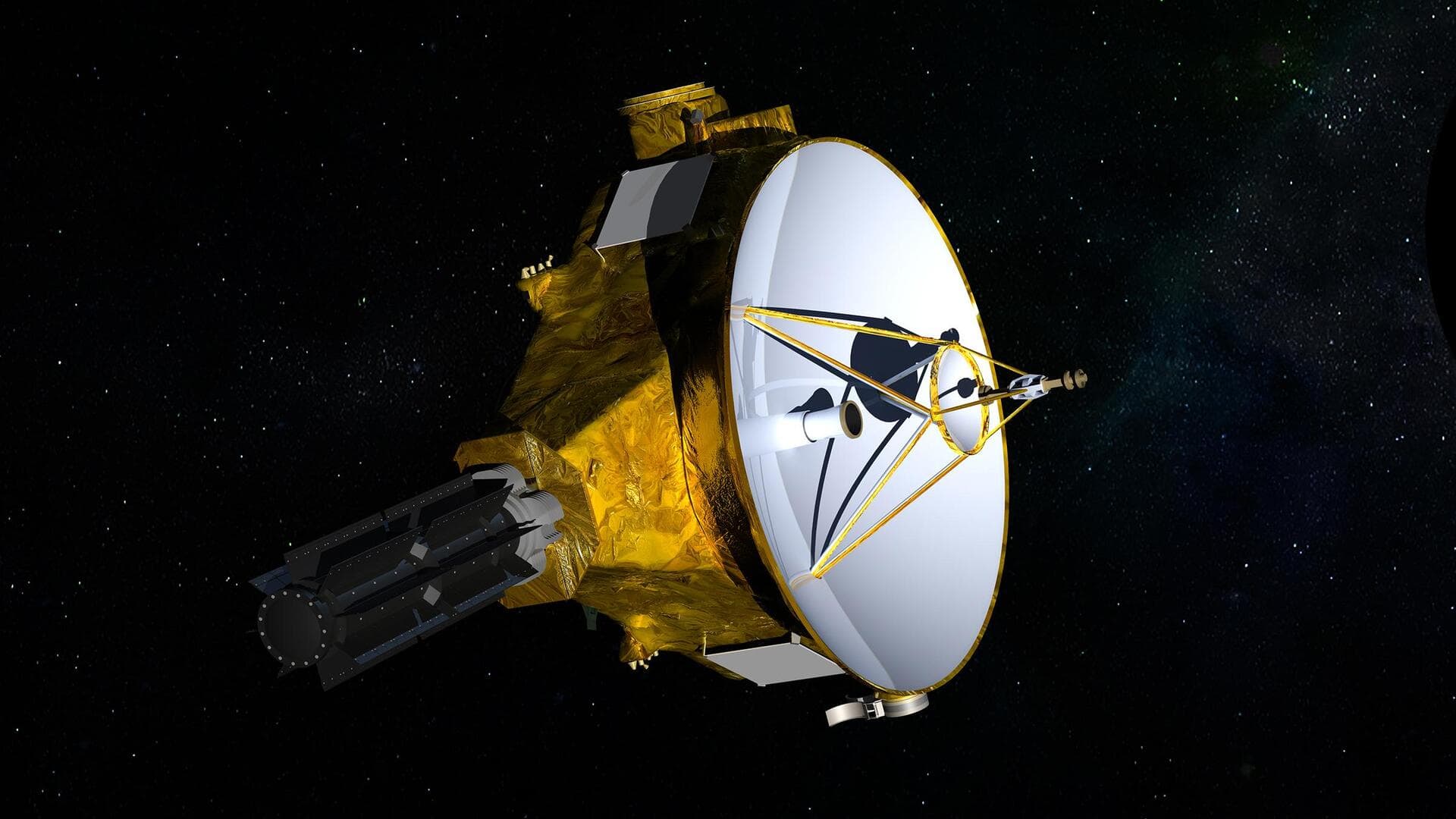
Deep-space stellar navigation successfully done for the 1st time
What's the story
NASA's New Horizons spacecraft has made history by successfully demonstrating deep-space stellar navigation. The unprecedented experiment was conducted by an international team of astronomers while the probe was traveling through the Kuiper Belt, a staggering 704 million kilometers away from Earth. The research paper detailing this experiment has been accepted for publication in The Astronomical Journal.
Stellar parallax
How was the spacecraft found?
The researchers took advantage of New Horizons's unique position as it headed toward interstellar space to capture images of Proxima Centauri and Wolf 359, two of our closest stellar neighbors. The stars appeared to shift positions in the sky from New Horizons's perspective, an effect known as stellar parallax. The team used these shifts and a 3D model of the solar neighborhood to find the spacecraft's position relative to nearby stars, with an accuracy of about 6.6 million kilometers.
Extended mission
New Horizons' journey so far
New Horizons is the fifth robotic spacecraft to leave Earth and head toward interstellar space. Its main mission was to study Pluto and its largest moon, Charon. After a 9.5-year-long journey of over 4.8 billion kilometers, it took stunning first pictures of these icy worlds and shed light on their geology, composition, as well as atmospheres. Now, in its extended mission, New Horizons will continue studying the heliosphere and is expected to cross the "termination shock" in a few years.